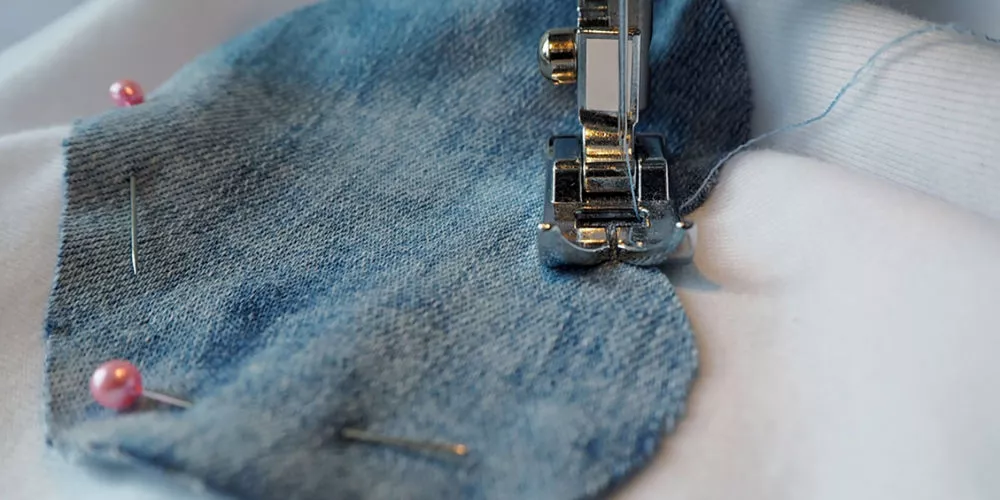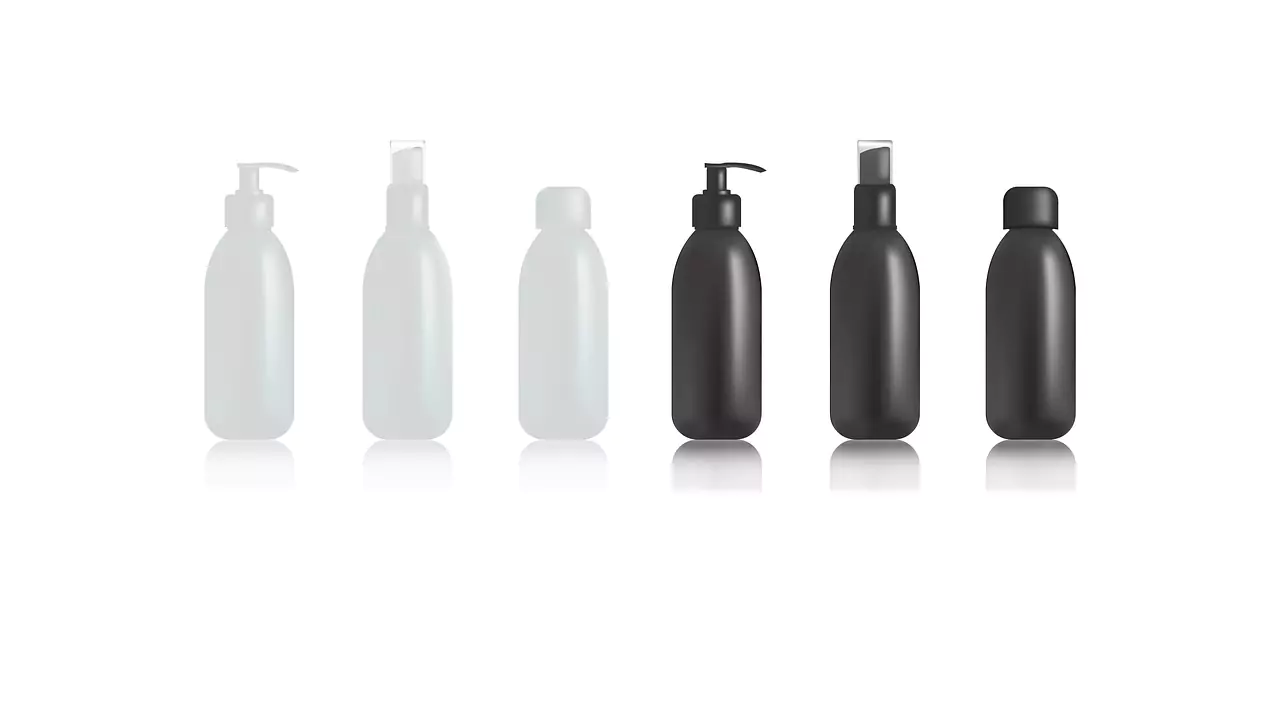Have you ever heard of cut & sew? You may wonder what it actually means. It’s a garment manufacturing technique in which the design and pattern printed on the raw cloths are cut from a layer of fabric and stitched together to form garments.
It is one of the old practices that are pretty much still used by many because it is feasible to produce higher quality garments since each time item is delicately sewn by hand. Although there are pros to this technique, there are also cons to using it.
In this article, we’ve rounded up all the pros and cons of using a cut & sew manufacturing technique.
The Advantages of Cut & Sew
Find out what are the advantages of the technique for your next clothing line.
● Complete creative control of the garment pattern is yours:
Usually, when you print garments, you are limited to a very specific size. But with the cut & sew technique, the only limitation is how far your imagination can travel. Instead of being printed on a ready-made cloth, your custom garments will be crafted from raw fabric.
This technique is perfect if you want to create unique clothing because the utmost control is yours to hold, it allows you to print the entire fabric or garment from top to bottom. That’s why this technique is very popular amongst innovative and creative brands.
● Cut & sew garments stand out in the market:
Cut & sew allows you to craft a product that is unique and stands out because it’s different from the others in the market. Besides, cut & sew clothing offers you higher quality than the printed ones, because this technique tends to be sewn by hand.
Being different from the other garments will add more value to your products because people often want to be and look different, in order to form an individual style.
● Higher in value and cost:
When you create a unique and limited product that only the cut & sew technique can produce, you can charge more to the customer. In an era where each person wants to be different, they’re usually willing to pay more for a garment that is precisely unique and innovative.

The Disadvantages of Cut & Sew
Despite the fact that the technique has many advantages, sadly there are also disadvantages which will be listed down below.
● It takes longer to produce the garments:
Since the cut & sew technique is sewn by hand and created from scratch, it takes longer to produce the garments. This technique requires a lot of patience, so if you want your garments to be produced quickly, it may not be your cup of technique.
● This technique costs more:
Cut & sew is a delicate technique that requires a more complex process and is time-consuming, hence why it costs more than ready-made garments. Cut & sew is unsuitable if you want to customize products that cost less.
● Not suitable for small quantities:
Cut & sew is done by the hands of experts, so you can expect high-quality garments. But, because of the complex process and expensive cost, cut & sew isn’t suitable if you’re going to produce garments in a small quantity. Because not many manufacturers agree to produce such a small quantity. For it will be cheaper if you produce in a larger quantity.
Is Cut & Sew Perfect for Your Business?
Cut & sew may not be the perfect choice for everyone. Nevertheless, if you and your business desire to craft a customized clothing line with complete creative control, this technique is ideal for you.
Check all the below lists to ensure that this technique is indeed the right choice for you:
- You want to produce a large number of garments.
- You want to make a garment that is unique and personal.
- Your design needs to be custom-made.
Choosing the Right Cut & Sew Manufacturer
When choosing the right cut & sew manufacturer for your business, there are many factors to be considered. We’ve compiled them into three essential checklists to be considered:
● The Cost
Before you decide to work with a manufacturing company, ensure that you know every step of the process because all of them are monitored by the factory. A manufacturer company usually offers a full service because they know the best. So, sometimes it will be a hell lot of cost. You need to be clever in choosing the cheaper one with good manufacturing quality. You can also try researching overseas clothing manufacturers that can cater to your needs at a better price.
There are also a few factors that make the production cost expensive, such as the complexity, the sewing machine type, and how hard the fabric is to work in.
● Production Quantity
Companies that are experienced and often dealt with cut & sew production usually are willing to produce any batch size of a design. Not many companies will work with such a small quantity, but there are still companies who are willing to produce your custom-made garments as small as 10 items.
● Manufacturer’s Portfolio and Ability
It’s very important to see the past works of those manufacturing companies you’re considering working with. Their experience, knowledge, and the machines they work with are very necessary to be considered, for a good company will have great work samples.




